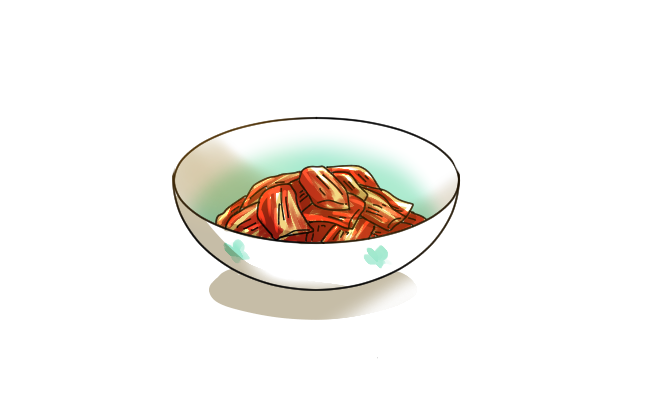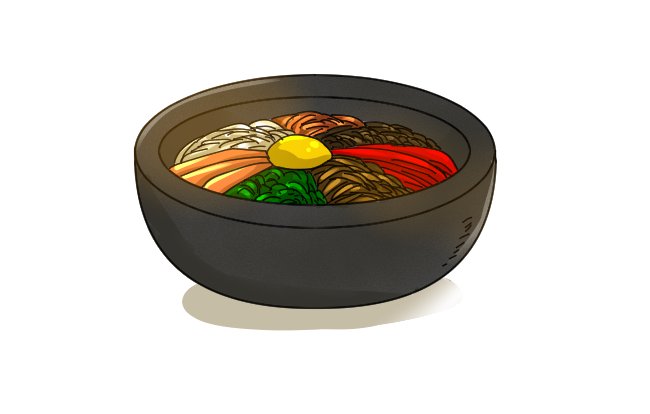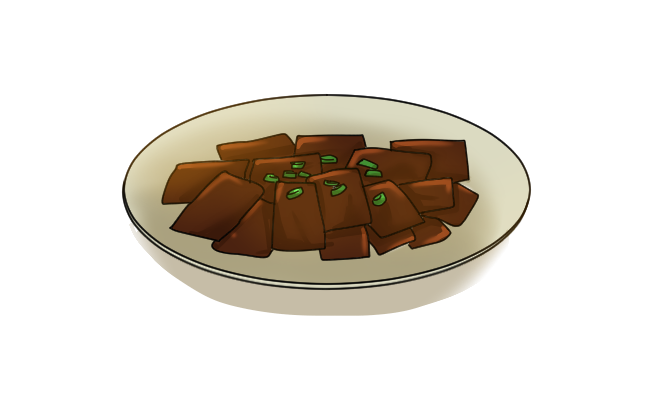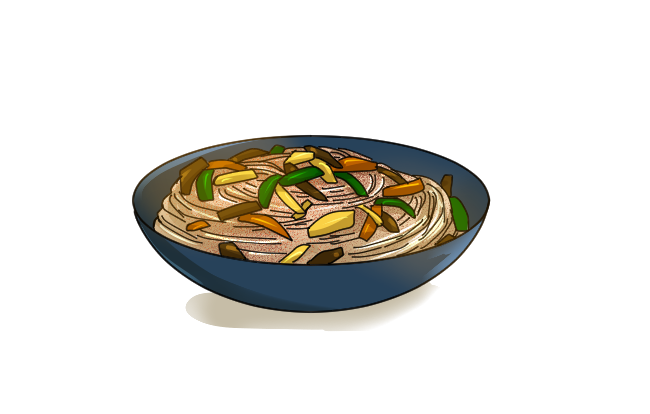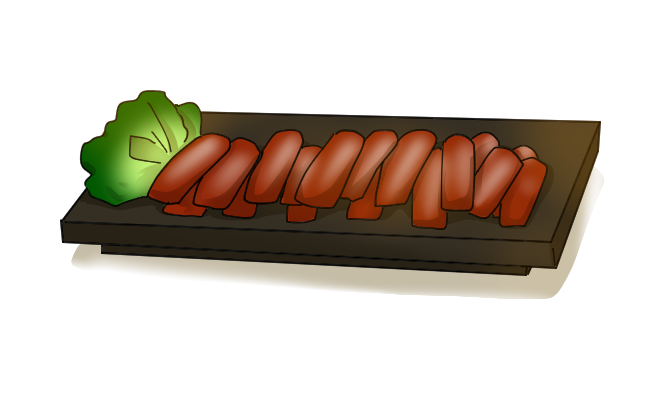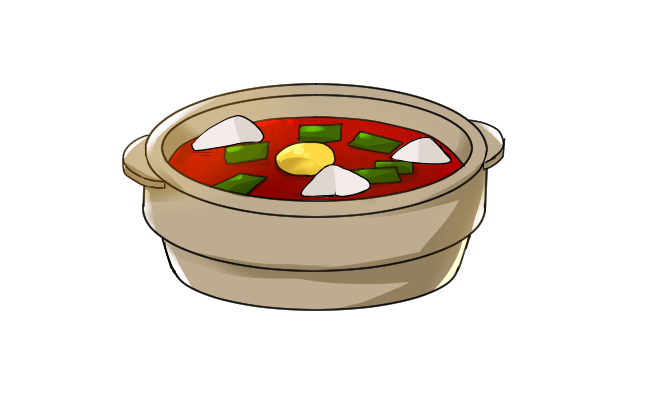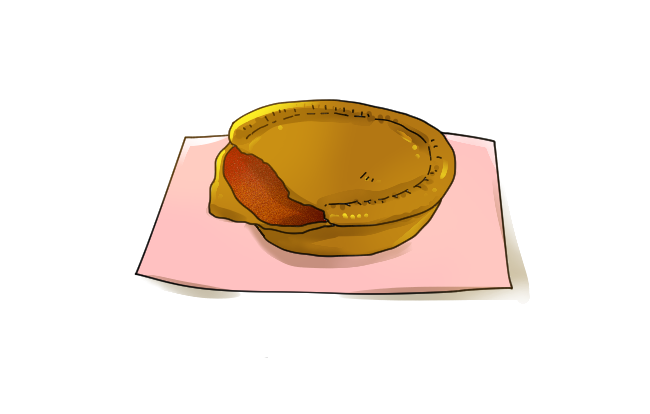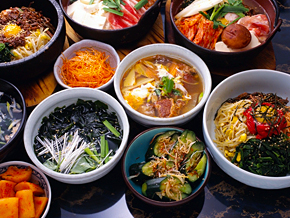Popular Korean Food in Japan - Bulgogi & Beyond
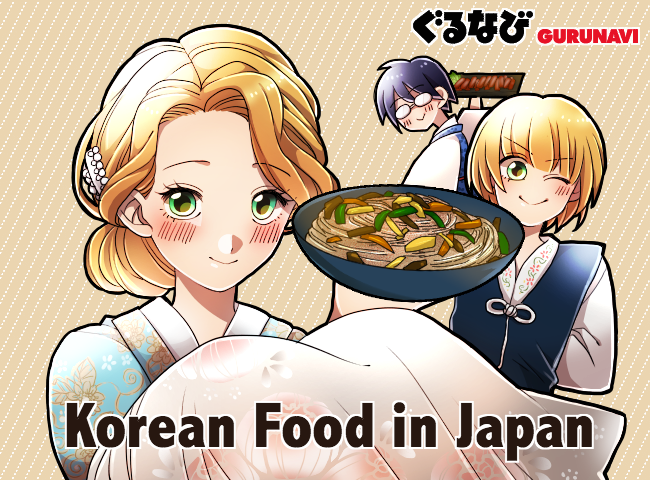

In the past decade, Japan has experienced a “Korean boom” with K-pop artists, K-dramas, and Korean food all becoming incredibly popular with Japanese youth. However, the relationship between Korea and Japan is long-standing, with each country influencing the other’s food and culture.
Many traditional practices came to Japan from China via Korea in ancient times, and in the modern era Korea was annexed by Japan and remained under Japanese rule from 1910-1945 before regaining its independence. During that time, Japanese military personnel were stationed in Korea and brought dishes like Japanese-style curry rice, as well as yoshoku foods such as tonkatsu (pork cutlet) and hamburg steak to Korea. Likewise, Korean foods such as mentaiko (spicy pollock roe) and kimchi gained popularity in Japan and are commonly eaten by Japanese people today. Although many of the flavors have been modified to the Japanese palate, becoming a little more sweet and fairly less spicy, these foods are still recognized in Japan as distinctly Korean.
Today, there are a large number of “Zainichi Koreans”, or Korean-Japanese who have been in Japan for several generations, and there are many places to enjoy Korean food in Japan. Some of the most famous areas are the Shin-Okubo neighborhood of Tokyo and the Tsuruhashi neighborhood of Osaka, but even outside of these neighborhoods, yakiniku (Japanese barbecue) restaurants inspired by Korean-style barbecue are prominent across Japan. In addition, many Japanese izakaya pubs feature Korean dishes such as kimchi and “namul” (seasoned bean sprouts) on their menus.
Read on to learn more about the various Korean foods that can be enjoyed in Japan.
Feast on These Popular Korean Dishes in Japan
Korean BBQ
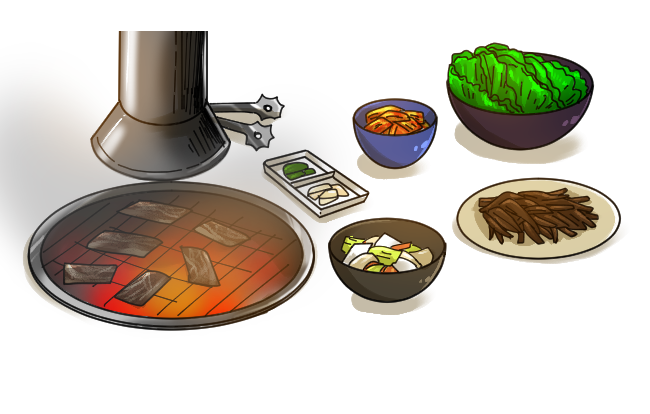
Korean barbecue features beef, pork, and chicken that are typically marinated and then grilled over a charcoal or gas flame. The grilled meat is typically eaten with a wide variety of side dishes called “banchan”. The Japanese-style barbecue “yakiniku” was directly inspired by Korean barbecue, with the main differences being the use of non-marinated meat and also the size of the meat. Japanese barbecue tends to be more thinly sliced into bite-sized pieces, ready for the eating, while Korean barbecue may be thrown on the grill in large pieces and then cut with a piece of cooking shears when ready to eat.
More authentic Korean barbecue restaurants may use Korean-style chopsticks, which are stainless steel and shorter and flatter in shape, with the tips of the chopsticks texturized to pick up food. However, more Japanese-style restaurants and yakiniku restaurants will use Japanese-style chopsticks.
Kimchi
Kimchi is a dish of spicy fermented vegetables and is one of the most famous Korean foods in the world, even being declared a UNESCO Intangible Cultural Heritage. The most common variety is made with Napa cabbage, but kimchi—like Japanese tsukemono pickles—can be made with almost any vegetable, including cucumber and daikon radish. In Japan, kimchi tends to be rather sweeter and less spicy than kimchi in Korea.
Bibimbap
Bibimbap is a very popular Korean dish of cooked rice, topped with various vegetables and meat. It’s served in a hot stone dish and the ingredients are mixed rapidly using a large, shallow stainless steel spoon until they become crisply toasted. Bibimbap is a popular Korean food in Japan, so much so that it can even be found in some non-Korean restaurants, such as at Japanese gyudon chains that offer “bibin-don”.
Bulgogi
Bulgogi is a variety of Korean barbecue that’s highly popular in Korea. It’s made using thinly sliced beef marinated in a sweet soy sauce.
Japchae
Japchae is a dish of stir-fried glass noodles that’s eaten in Korea during holidays and celebrations. It’s made with sweet potato starch-based noodles, meat, and julienned vegetables and is typically eaten as a side dish rather than a main.
Gimbap
Gimbap is a Korean food similar to, and most likely inspired by, Japanese sushi rolls. It’s made with rice, vegetables, and meat wrapped in a sheet of gim (nori) seaweed and flavored with sesame oil. The main difference between gimbap and Japanese sushi rolls is the use of cooked meat, as opposed to raw fish.
Chijimi
Known as “pajeon” in Korean, the Japanese version “chijimi” is a savory mixed pancake made with garlic chives and other vegetables. It can be made with seafood or meat mixed in and is eaten with a sesame and soy sauce-based dipping sauce.
Seolleongtang
Seolleongtang (ox bone soup) is a Korean soup made by boiling ox bones for many hours until the broth becomes cloudy and milky from the rich beef gelatin. It’s typically eaten in Korea during the winter served with rice and kimchi.
Tteokbokki
Tteokbokki is a popular Korean street food, featuring rice cakes cut in short tube-like shapes and cooked in a moreish spicy sauce. Hard-boiled egg, meat, and fish cakes may also be added.
Samgyeopsal

Samgyeopsal is a Korean barbecue dish of grilled non-marinated pork belly. It’s common to eat the grilled pork belly wrapped in a fresh lettuce leave, which provides balance to the fatty pork. In Japan, the term “samgyeopsal” is synonymous with Korean barbecue and is eaten more than any other variety.
Sundubu Jjigae
Sundubu-jjigae, often shortened to just “sundubu”, is a spicy stew of soft tofu, vegetables, and fish or seafood. It’s typically cooked and served piping hot in an individually-sized porcelain or ceramic cooking vessel, with rice and numerous banchan sides. A whole raw egg can be added after cooking to sundubu to poach in the still-bubbling stew.
Hotteok
Hotteok is a popular Korean street food featuring a sweet pancake filled with a mixture of brown sugar, honey, cinnamon, and chopped nuts. It’s not such a common food in Japan outside of heavily Korean-populated districts like Shin-Okubo, so if you come across a hotteok street food stand, be sure to give it a try.
Korean Food in Japan is Widely Available & Worth Trying!
Korean food is one of the most influential non-Japanese cuisines in Japan and can be enjoyed many places throughout the country. Check out the Gurunavi listings for a full guide on where to enjoy Korean food in Japan. Itadakimasu—or as they say in Korea, jal meokkesseumnida!

